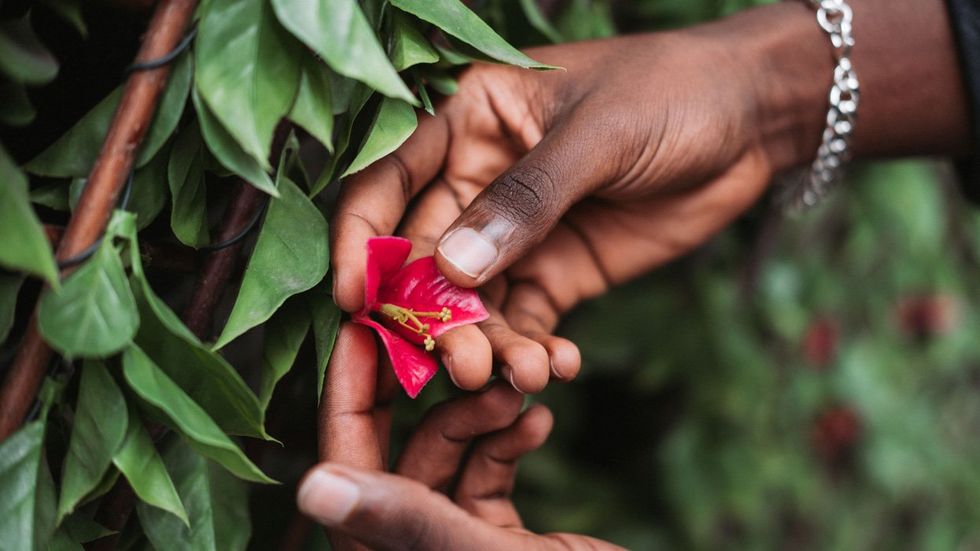Researchers at The Wistar Institute, an international biomedical research center leading in cancer, immunology, infectious disease, and vaccine development, have discovered a promising plant-based compound that targets persistent HIV reservoirs in HIV-positive patients.
A paper recently published in Antimicrobial Agents and Chemotherapy identifies hopeaphenol as the plant-based compound possessing effective HIV antiviral properties.
More importantly, the compound helps inhibit reactivation of the “viral reservoir” that persists after anti-HIV therapy within human immune cells. It can also make a new virus at any time, even when patients are on anti-retroviral therapy (ART) and exhibit no viral symptoms.
“This is important because anti-HIV therapy can stop the symptoms, but it doesn't eliminate the potential of the underlying HIV reservoir from re-emerging," said lead author Ian Tietjen, Ph.D. in a statement. "The virus is still there and still a little bit active—kind of rumbling and turning on—and the immune system is stressed about that.”
The researchers conducted two different experiments, the first using isolated lymphocytes — or white blood cells — from HIV-positive human blood, the second using CD4+ T cells — or “helper T-cells” — from HIV-positive patients on ART. The virus stopped replicating after the first test, and the second test indicated that hopeaphenol was able to hinder viral reactivation.
“These observations suggest to us that hopeaphenol, in addition to just stopping active replication and spread, might also help silence the HIV reservoir by inhibiting viral reactivation not otherwise accomplished by current anti-HIV medicines” said Tietjen.
Previous research shows that hopeaphenol is well-tolerated amongst animal models, and its isolation can easily be scaled up due to its existence in a variety of plants.
Although a further study is still needed before hopeaphenol can actually be tested in humans, Tietjen said, “I think in time it could become a promising additive on top of existing antiretrovirals as a more potent anti-HIV therapy.”












































































